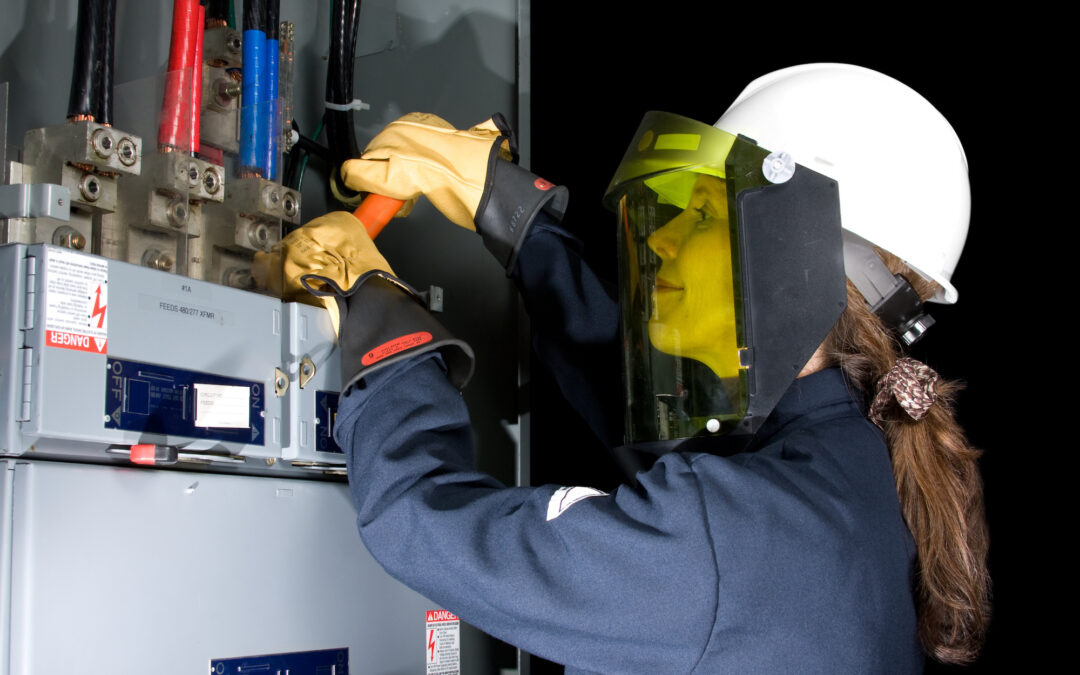Damage to the eye is one of the most common workplace injuries. Any job task that involves hazardous substances or airborne particles brings risk of eye injury. Using proper eye protection can prevent most injuries. Before starting any job, identify all potential hazards that could cause an injury. Engineering controls should be used to reduce the risk and severity of the injury.
Discussion Points:
• What are some hazards of your job that poses risk of injury to your eyes?
• What are some ways to protect your eyes from injury?
• What job tasks require goggles? When should you wear face protection?
• How can you reduce the risk of hazards at your worksite?
• Describe the eye safety policy at your worksite.
Discussion:
According to the Centers for Disease Control and Prevention (CDC), an estimated 2,000 workers in the United States experience a job-related eye injury that requires medical treatment every day. More than 100 of these injuries result in one or more days away from work; three out of five workers were not wearing any eye protection at the time of injury, and the remaining workers were not wearing appropriate Personal Protective Equipment (PPE); Approximately 20% of the injuries result in temporary or permanent loss of vision. The Occupational Safety and Health Administration (OSHA) requires the use of eye and face protection when there is a reasonable probability of injury. The method of eye protection
depends on the type of hazard. The types of PPE include safety goggles that provide the highest protection against airborne particles and chemical splashes and fully enclose the area around the eyes. Safety glasses with side shields made of impact-resistant materials protect against airborne particles, and glasses with tinted lenses provide UV protection. Face shields protect the face from projectiles, radiant heat, and chemical splash hazards, and weld masks protect the eyes and face from sparks, flash burns, and intense light when welding, torching, or brazing. The PPE should be properly rated for the job; Safety glasses and goggles must have the ANSI Z87.1 rating stamp to be approved for use. Eye protection must be worn over prescription glasses and contact lenses to provide appropriate protection. If there are any questions, check with your supervisor regarding the workplace safety policy.
Maintenance and storage of personal protective equipment are essential; Clean the lenses with mild detergent or soap and water and store the equipment in a clean, dry place. Do not share PPE with other workers; disinfect eyewear that may have been worn by another person or contaminated by hazardous chemicals; Always replace lenses that are scratched or damaged as they may interfere with vision and not provide adequate protection.
As always, be safe out there!


Recent Comments